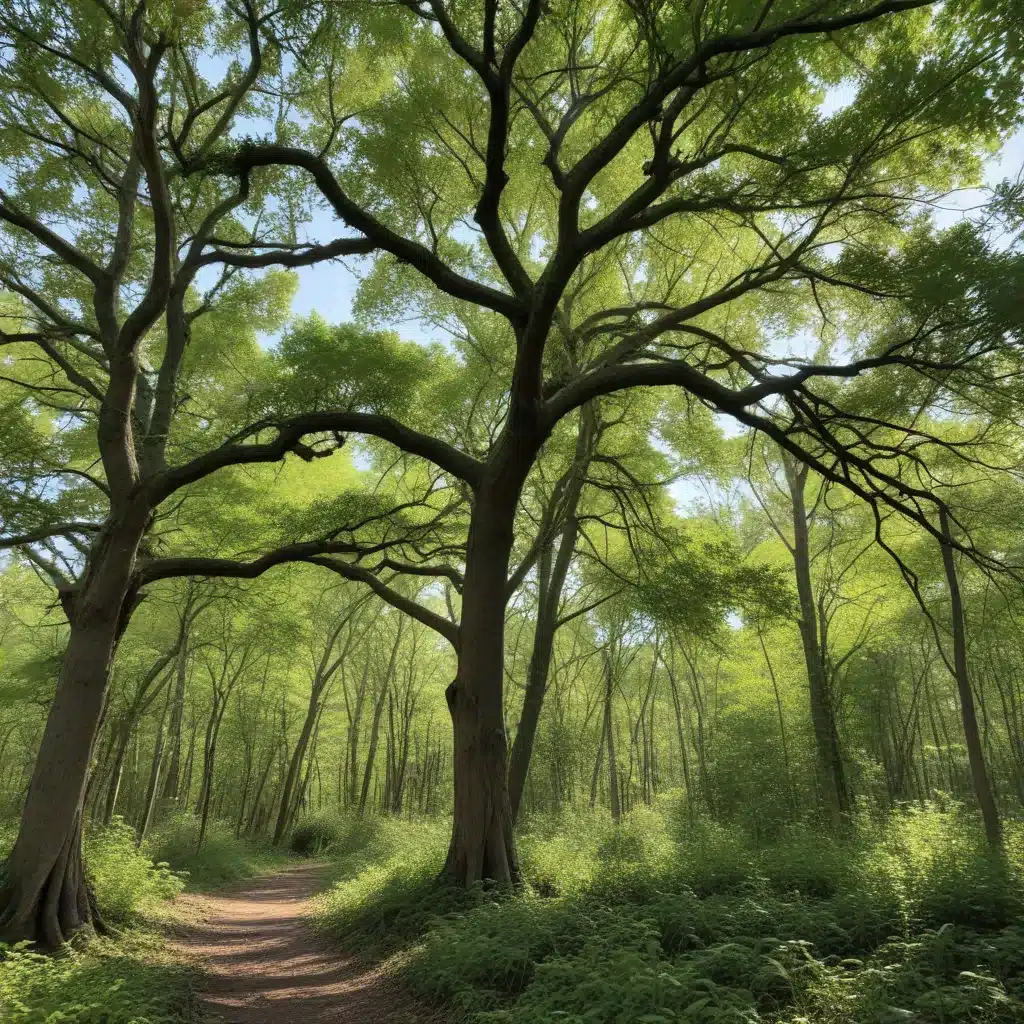
Severe weather events, such as hurricanes, tropical storms, and extreme heat waves, can inflict devastating damage to urban and suburban tree canopies. These ‘green lungs’ of our communities play a vital role in maintaining ecological balance, mitigating climate impacts, and enhancing human well-being. When faced with the aftermath of a major storm, TriCounty Tree Care offers expertise to guide property owners and municipal leaders through the complex process of canopy restoration and resilience building.
Environmental Impact of Severe Weather
Damage to Tree Canopy
The intensity and frequency of extreme weather have been rising due to climate change, causing widespread destruction to the urban forest. Hurricanes can topple mature trees, snap branches, and strip foliage, leaving gaping holes in the canopy. Prolonged heat waves and drought also weaken trees, making them more susceptible to disease, pests, and failure. This loss of ecosystem services has far-reaching consequences.
Impacts on Ecosystem
A diminished tree canopy disrupts the delicate balance of urban and suburban ecosystems. Reduced shading and transpiration can contribute to the urban heat island effect, elevating local temperatures and energy demands. Stormwater runoff increases without the mitigating influence of tree roots and leaf litter, leading to greater flood risks and water pollution. Moreover, the loss of habitat and food sources impacts local wildlife populations, diminishing biodiversity.
Recovery Efforts
Restoring the green canopy is a complex, multifaceted challenge that requires a collaborative approach. Local governments, non-profit organizations, and engaged citizens must work in tandem to assess damage, prioritize recovery efforts, and secure funding for replanting and maintenance programs. Leveraging partnerships and utilizing emerging technologies, such as remote sensing and geographic information systems (GIS), can aid in identifying high-impact areas and tracking the progress of restoration efforts.
Tree Canopy Restoration Strategies
Replanting and Reforestation
The foundation of canopy revitalization lies in strategic replanting and reforestation initiatives. TriCounty Tree Care partners with municipal authorities and community groups to identify suitable planting sites, select climate-adapted and storm-resilient tree species, and coordinate large-scale tree-planting events. Proper site preparation, soil amendments, and establishment care are crucial for the long-term survival and thriving of newly planted trees.
Pruning and Maintenance
In the aftermath of a severe storm, the existing tree population may require extensive restorative pruning to address structural damage, remove hazardous limbs, and stimulate regrowth. TriCounty’s certified arborists employ best management practices to ensure the health and vigor of storm-affected trees, optimizing their chances of recovery and continued service to the community.
Monitoring and Evaluation
Ongoing monitoring and evaluation are essential to measure the success of canopy restoration efforts and inform future strategies. TriCounty collaborates with researchers and community scientists to collect data on tree health, growth rates, and survival, using remote sensing technologies and citizen science initiatives. This information helps guide the allocation of resources, identify areas for improvement, and assess the long-term resilience of the urban forest.
Resilient Urban Forestry
Adaptive Urban Planting
As the climate continues to change, the selection and placement of trees must adapt to ensure the long-term viability of the urban canopy. TriCounty’s arborists work with landscape architects and urban planners to incorporate climate-smart design principles, favoring drought-tolerant, wind-resistant, and pest-resilient species that can thrive in the face of emerging environmental challenges.
Species Selection and Diversity
Promoting species diversity is a crucial strategy for building a resilient urban forest. TriCounty advocates for the use of a wide range of native and adapted tree species, avoiding monocultures that are vulnerable to pests, diseases, and environmental stressors. By diversifying the urban canopy, communities can enhance their ecological resilience and safeguard the many benefits trees provide.
Community Engagement
Successful canopy restoration requires the active involvement and stewardship of the local community. TriCounty partners with neighborhood associations, schools, and community groups to raise awareness, foster a sense of ownership, and empower residents to participate in tree-planting, maintenance, and monitoring activities. This grassroots approach ensures the long-term sustainability of the urban forest and strengthens the connection between people and their natural environment.
Mitigating Future Severe Weather Risks
Disaster Preparedness Planning
To mitigate the impact of future severe weather events, TriCounty collaborates with municipal authorities to develop comprehensive disaster preparedness plans for the urban forest. These plans identify vulnerable tree populations, outline emergency response protocols, and prioritize the protection of critical infrastructure and high-value community assets.
Infrastructure Improvements
In conjunction with disaster preparedness planning, TriCounty advocates for strategic infrastructure investments to enhance the resilience of the urban canopy. This includes the installation of underground utility lines, the use of structural soil systems, and the implementation of green stormwater infrastructure to safeguard trees and their root systems from the ravages of severe storms.
Policy and Regulation
Effective policies and regulations are crucial for the long-term sustainability of the urban forest. TriCounty works with local governments to develop and implement tree preservation ordinances, canopy cover goals, and incentive programs that encourage property owners to plant, protect, and maintain trees. These measures help ensure a healthy, thriving canopy for generations to come.
By leveraging the expertise of TriCounty Tree Care, communities can embark on a path of canopy restoration and resilience-building, safeguarding the environmental, economic, and social benefits of their urban forests. Through a comprehensive, collaborative approach, we can revive the green lungs of our neighborhoods, ensuring they continue to provide essential ecosystem services and enhance the quality of life for all.


